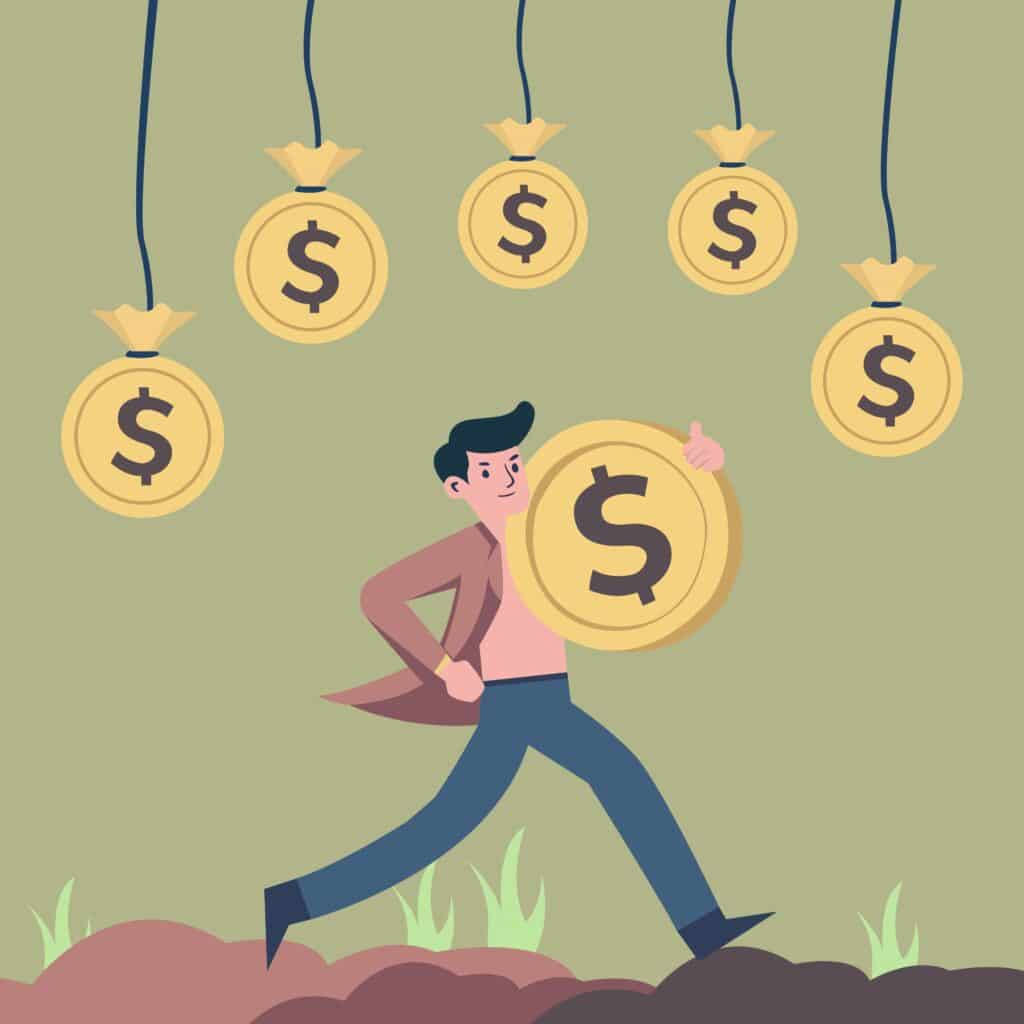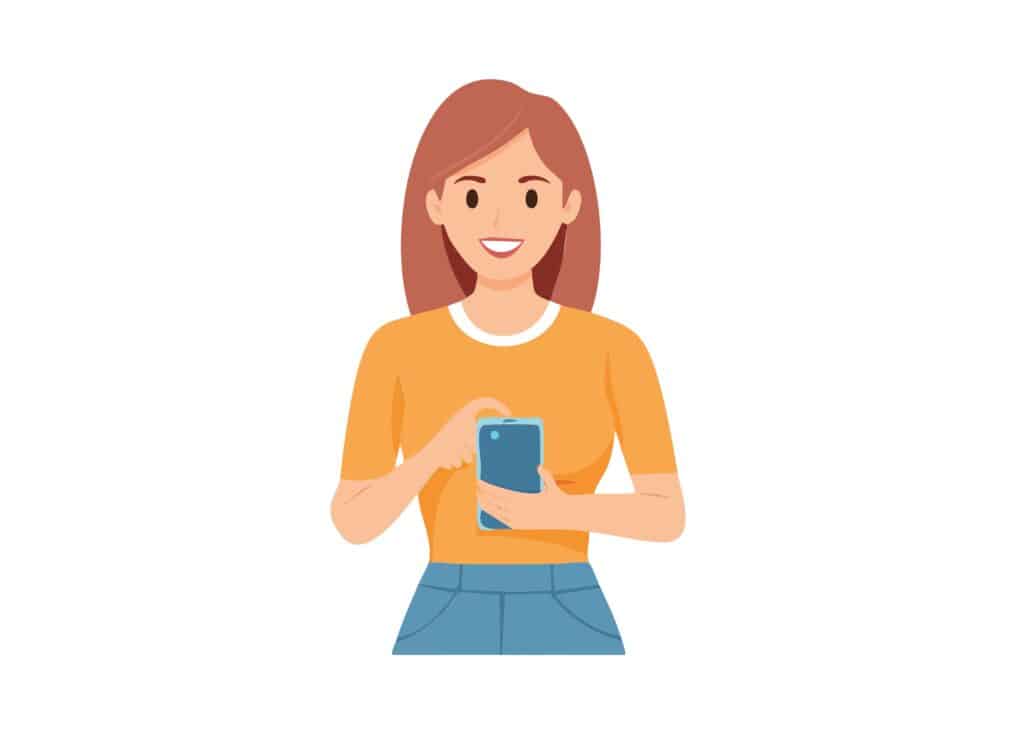What Are Student Loans?

Imagine you’re sitting at your school desk, daydreaming about becoming an astronaut, a teacher, or even a game designer. Then you remember: college costs money, and that’s where student loans come in. A student loan is money a student borrows to pay for school. You promise to pay it back later—and usually, you also pay a bit extra called interest.
Let me tell you about two big types of student loans that many students hear about:
1. Federal Direct Subsidized Loans
These are like a superhero loan: the government pays the interest while you’re in school at least half-time, and for six months after you leave. That means you only ever pay back what you borrowed—not more—at least while school and the grace period last. These loans are for undergrads who show they need financial help.BigFutureUF Student Financial Aid
2. Federal Direct Unsubsidized Loans
These loans are for both undergrads and grads, and anyone can get them whether they need financial help or not. But here’s the catch: interest starts growing the moment you get the loan money—even if you are still in school. By the time you graduate, you might owe more because interest was added onto your loan the whole time.UF Student Financial AidFidelity
Let’s dig deeper and look at what interest is all about. Imagine you borrow $10,000 at a 5% interest rate. That means every day, a little bit of interest gets added—about $1.37 per day. That adds up to about $41 of interest each month!University of Cincinnati
So if interest grows every day, it’s easy for a loan to grow too—kind of like how your pile of worksheets grows when you ignore them! The key difference is that with subsidized loans, your pile doesn’t grow (the government covers it), but with unsubsidized loans, it does.University of Cincinnati
Here’s a quick table to show the difference clearly:
| Loan Type | Who Can Get It | Interest While in School | Who Pays That Interest? |
|---|---|---|---|
| Direct Subsidized Loan | Undergrads with financial need | No | Government |
| Direct Unsubsidized Loan | Undergrads & grads (anyone) | Yes | The Student (you) |
You might wonder, “Are there interest-free student loans?” Yes—though they are rare, some exist. They often come from nonprofits, states, or even your college if they have special support programs. These loans don’t charge any interest—so you pay back exactly what you borrow.SoFiSallie Mae
For example, some local charities or organizations offer interest-free loans just to help students in their area. If you’re lucky enough to find one, read the rules carefully—they might ask for essays, interviews, or have special deadlines.SoFiSallie Mae
One example is the Hebrew Free Loan Association of Northeast Ohio, a nonprofit group that has made thousands of interest-free loans. They ask you to pay back exactly what you borrow—nothing extra in interest.Wikipedia
To sum up, most student loans do charge interest—and unsubsidized ones start growing right away. But there are interest-free options out there, especially at the local or nonprofit level. Later on, we’ll talk about which loans you should aim to pay off first and how interest makes a difference.
Interest-Free Student Loans vs. Which to Pay Off First

Imagine a student named Maya. She’s just graduated with her degree in biology, excited to start her new job at a science lab. Then, reality hits—her student loan bills arrive. Maya has three loans: a $3,500 subsidized loan, a $7,500 unsubsidized loan, and a $10,000 private loan with a high interest rate. She has to figure out: which one should she pay off first?
Maya’s situation is common, and the answer depends on knowing which loans are interest-free and which ones grow the fastest.
Which Student Loans Are Interest-Free?
The main type of interest-free student loan is the Federal Direct Subsidized Loan. With these loans, the government covers the interest while you’re:
- Enrolled in school at least half-time
- In the six-month grace period after school
- In approved deferment periods (like unemployment or medical leave)
So if Maya borrowed $3,500 in subsidized loans, that amount stays the same until repayment begins. No interest builds up. (studentaid.gov)
Other interest-free loans exist but are much less common:
- Nonprofit and community loans: Groups like the Hebrew Free Loan Association lend money with no interest.
- Institutional loans: Some universities offer interest-free programs to students with high financial need.
- Local or state zero-interest loans: Certain states run small programs for residents.
Here’s a clear breakdown:
| Loan Type | Interest While in School | Who Pays Interest? | Common? |
|---|---|---|---|
| Direct Subsidized Loan | No | Government | Common (federal) |
| Direct Unsubsidized Loan | Yes | Student | Common (federal) |
| Zero-Interest Nonprofit/State | No | Nobody | Rare |
| PLUS Loans (Parent or Grad) | Yes | Borrower | Common (federal) |
How Interest Adds Up
Interest might sound small, but it grows like a snowball rolling down a hill. Let’s look at Maya’s $7,500 unsubsidized loan at 6.8%.
- In the first year, interest = $510.
- After four years of school, unpaid interest = about $2,040.
- If that unpaid interest gets added to her loan (capitalized), she owes $9,540 instead of $7,500.
That’s almost a $2,000 difference just because interest piled up while she was studying. (uc.edu)
This is why interest-free loans are such a big advantage—they don’t snowball against you.
Which Student Loans Should You Pay Off First?

Here’s the repayment priority students like Maya should follow:
- Private High-Interest Loans
- Often 8–12% interest.
- Few protections, no forgiveness, stricter repayment.
- Pay these off first to stop the fast snowball.
- Federal Unsubsidized Loans
- Interest grows while in school and after.
- Example: Maya’s $7,500 loan could easily become $9,500 by graduation.
- PLUS Loans (Parent or Grad)
- Interest starts right away.
- Can be refinanced, but usually more costly than subsidized loans.
- Federal Subsidized Loans
- Safest to pay last since the government covers the interest during school and deferment.
| Loan Type | Interest Rate Range | When Interest Starts | Repayment Priority |
|---|---|---|---|
| Private High-Interest Loan | 6%–12%+ | Immediately | #1 Pay Off First |
| Direct Unsubsidized Loan | 4%–7% (avg) | Immediately | #2 |
| PLUS Loan | 6%–8% | Immediately | #3 |
| Direct Subsidized Loan | 4%–5% | After school/grace | #4 Last |
Smart Repayment Strategies
Students often feel stuck, but small steps make a huge difference. Here are strategies that Maya—and you—can use:
- Make small payments in school: Even $25 a month toward unsubsidized loan interest stops debt from ballooning.
- Try the avalanche method: Pay off the highest-interest loan first while making minimum payments on others.
- Look into income-driven repayment: Federal plans can adjust monthly payments based on income.
- Use forgiveness programs: Teachers, nurses, and public service workers may qualify for federal loan forgiveness. (studentaid.gov)
- Avoid only paying the minimum: Minimum payments keep loans alive longer and cost more in the end.
Why This Order Matters
Student loan debt in the U.S. totals $1.6 trillion, and the average borrower owes around $28,000. (federalreserve.gov) With interest constantly adding up, deciding which loan to pay first can save thousands.
Think back to Maya. By focusing on her private loan first, then tackling her unsubsidized loan, she avoids thousands in extra costs. Her subsidized loan waits until last, because it’s the slowest-growing.
For students everywhere, knowing this order is like having a roadmap out of debt.
How Blogs Like Ours Help Students

If you’ve ever felt lost when looking at your student loans, you’re not alone. Many students open their first loan bill and feel overwhelmed by numbers, terms, and deadlines. That’s why having clear guides and resources can make such a big difference.
At Scholarly Sphere, we believe that knowledge is power. Our blogs and articles focus on breaking down complicated school and education topics into simple steps. Instead of drowning in confusing loan terms, students can find plain-language explanations that help them feel more in control. Whether it’s comparing loan types, explaining repayment methods, or sharing stories of students who’ve been there, the goal is always the same: to give students the tools they need to succeed.
Why Students Need Support
The truth is, student loans don’t just affect bank accounts—they affect daily life. When a student worries about debt, it can distract them from learning and even shape the jobs they choose after graduation. According to the Federal Reserve, nearly one in five borrowers is behind on their student loan payments, and many others delay milestones like buying a house or starting a family because of debt. (federalreserve.gov)
That’s why it matters to know which loans grow interest quickly and which ones give breathing room. Blogs and articles can serve as small guideposts, helping students plan a smarter repayment path before the stress builds up.
Practical Tips Students Can Use Right Away
Our blog doesn’t just explain problems—it offers real solutions. Here are some quick ideas any student can start using now:
- Track every loan: Write down the loan type, interest rate, and balance. Even a simple notebook or phone app can help.
- Pay interest during school if possible: Even a few dollars a month can save hundreds later.
- Understand grace periods: Subsidized loans give you six months before payments start, but unsubsidized loans don’t pause interest.
- Ask about local programs: Some schools and community groups offer zero-interest loans or repayment support.
- Talk to your loan servicer: They can explain deferment, income-driven plans, or consolidation options.
When students learn these small strategies, they often realize that repayment isn’t about one giant step—it’s about steady progress over time.
The Bigger Picture
Student loans are one of the biggest challenges facing young people today. The U.S. Department of Education reports that more than 43 million borrowers carry student debt. That means you’re part of a huge community of people learning how to manage this responsibility. (studentaid.gov)
By sharing stories, advice, and reliable statistics, we hope to make student loan information less scary and more useful. Every article adds another piece of the puzzle, helping students focus less on stress and more on their education and future goals.
Conclusion
At the end of the day, student loans are just tools—helpful if used wisely, harmful if ignored. Knowing which loans are interest-free, which grow the fastest, and which to pay off first gives students the power to stay ahead of debt. The goal isn’t to make repayment easy overnight, but to make it manageable step by step.
That’s what blogs like ours aim to do: guide students through school, education, and learning with tips that truly matter in everyday life. Because the sooner you understand your student loans, the sooner you can focus on building the future you’ve been dreaming about.
So, now that you know which loans to pay first, how will you take your first step toward financial freedom?
References
College Board. Types of College Loans. BigFuture.
https://bigfuture.collegeboard.org/pay-for-college/get-help-paying-for-college/college-loans/types-of-college-loans
U.S. Department of Education. Subsidized and Unsubsidized Loans. Federal Student Aid.
https://studentaid.gov/understand-aid/types/loans/subsidized-unsubsidized
U.S. Department of Education. Loan Forgiveness and Cancellation. Federal Student Aid.
https://studentaid.gov/manage-loans/forgiveness-cancellation
U.S. Department of Education. Federal Student Loan Portfolio. Federal Student Aid.
https://studentaid.gov/data-center/student/portfolio
Federal Reserve. Student Loan Debt. Board of Governors of the Federal Reserve System, 2023.
https://www.federalreserve.gov/publications/student-loan-debt.htm
University of Cincinnati. Student Loan Interest 101: How It Works and When It Adds Up. University of Cincinnati News, 2025.
https://www.uc.edu/news/articles/2025/04/student-loan-interest-101–how-it-works-and-when-it-adds-up.html
Sallie Mae. Do Interest-Free Student Loans Exist? Sallie Mae Blog.
https://www.salliemae.com/blog/do-interest-free-loans-exist/
SoFi. How to Apply for Zero-Interest Student Loans. SoFi Learn.
https://www.sofi.com/learn/content/applying-for-zero-interest-student-loans/
Hebrew Free Loan Association of Northeast Ohio. About Us.
https://en.wikipedia.org/wiki/Hebrew_Free_Loan_Association_of_Northeast_Ohio
Fidelity Investments. How Do Student Loans Work? Fidelity Learning Center.
https://www.fidelity.com/learning-center/smart-money/how-do-student-loans-work
University of Florida Office for Student Financial Aid. Subsidized and Unsubsidized Loans.
https://www.sfa.ufl.edu/types-of-aid/loans/subsidized-and-unsubsidized-loans/


